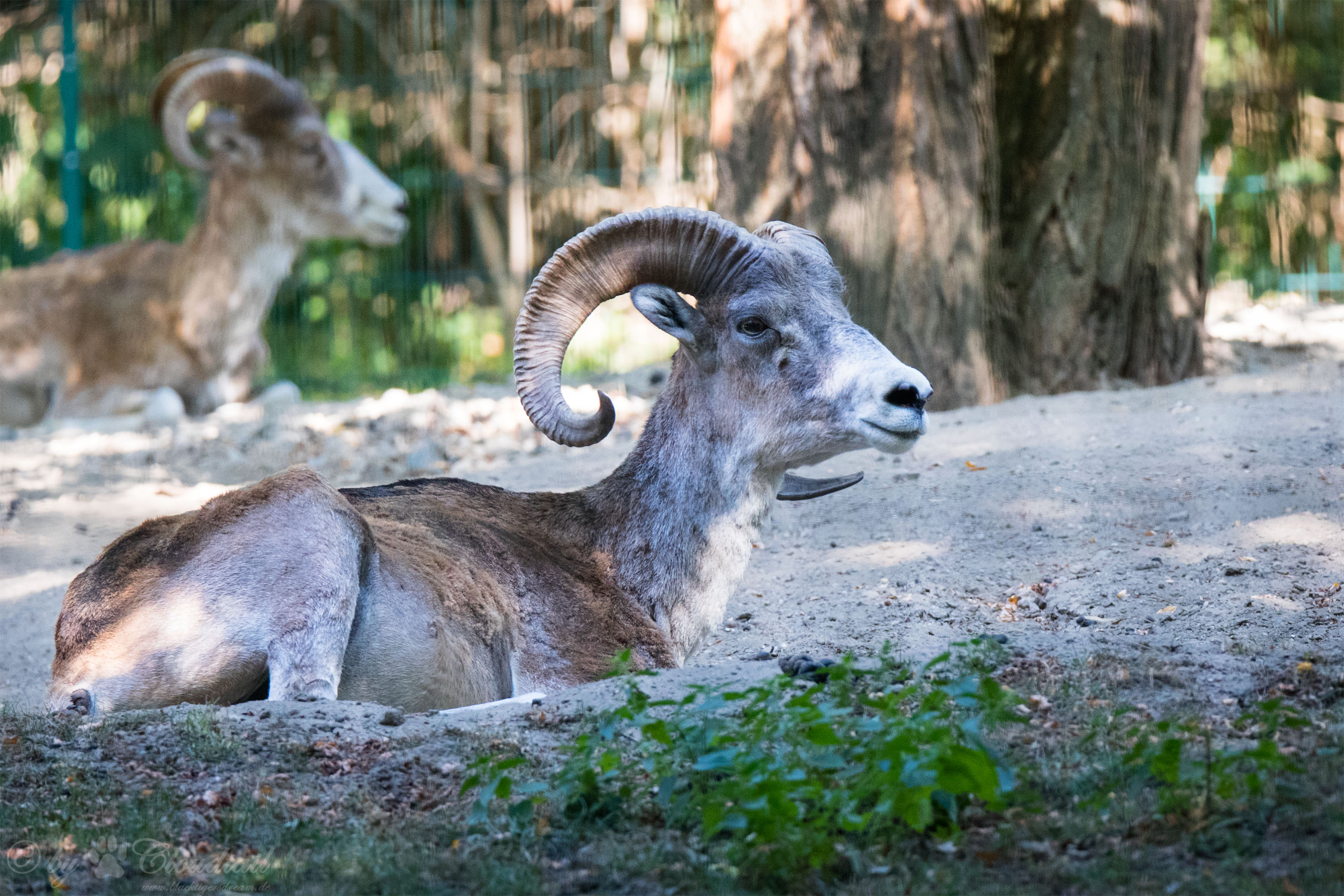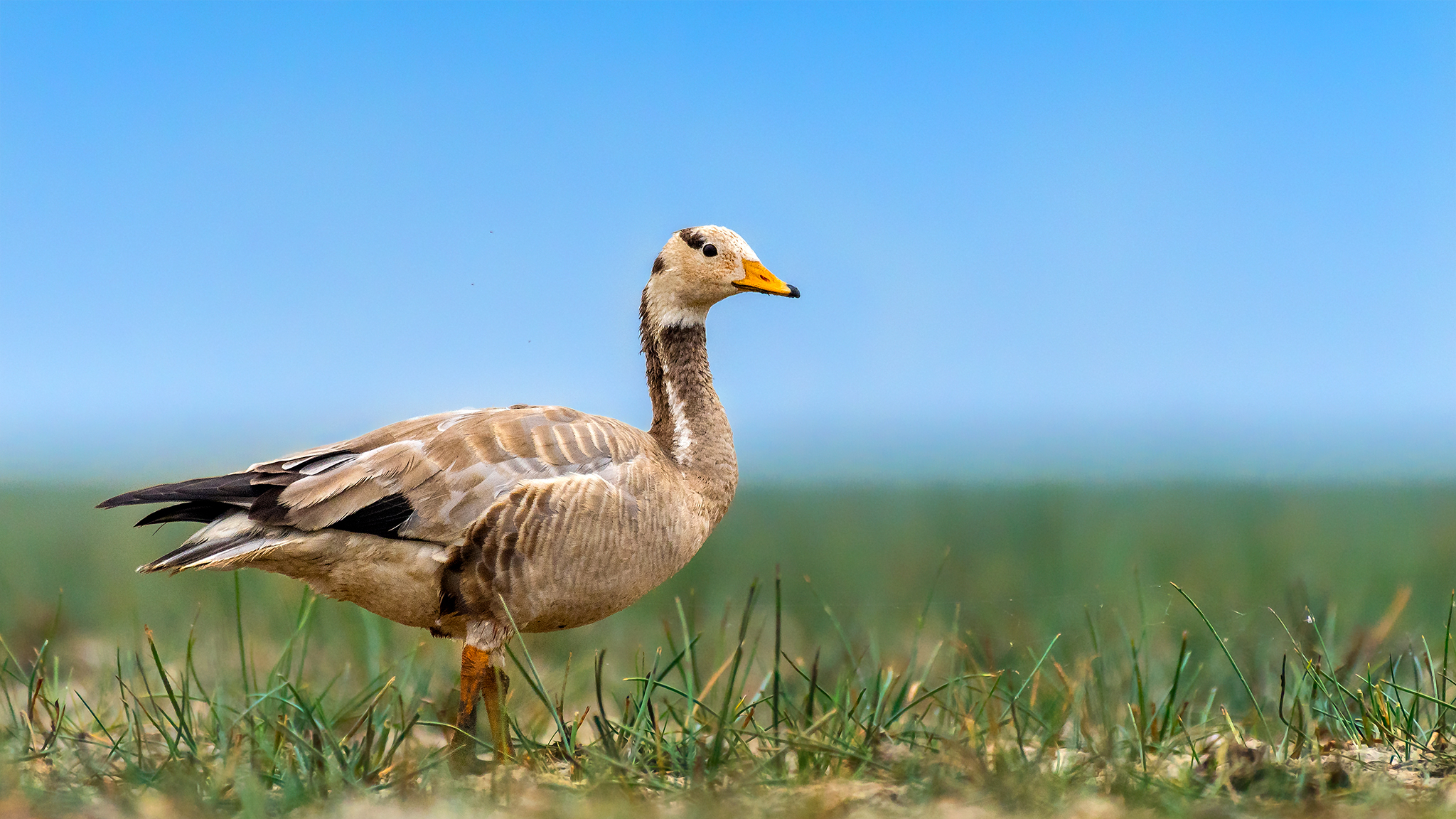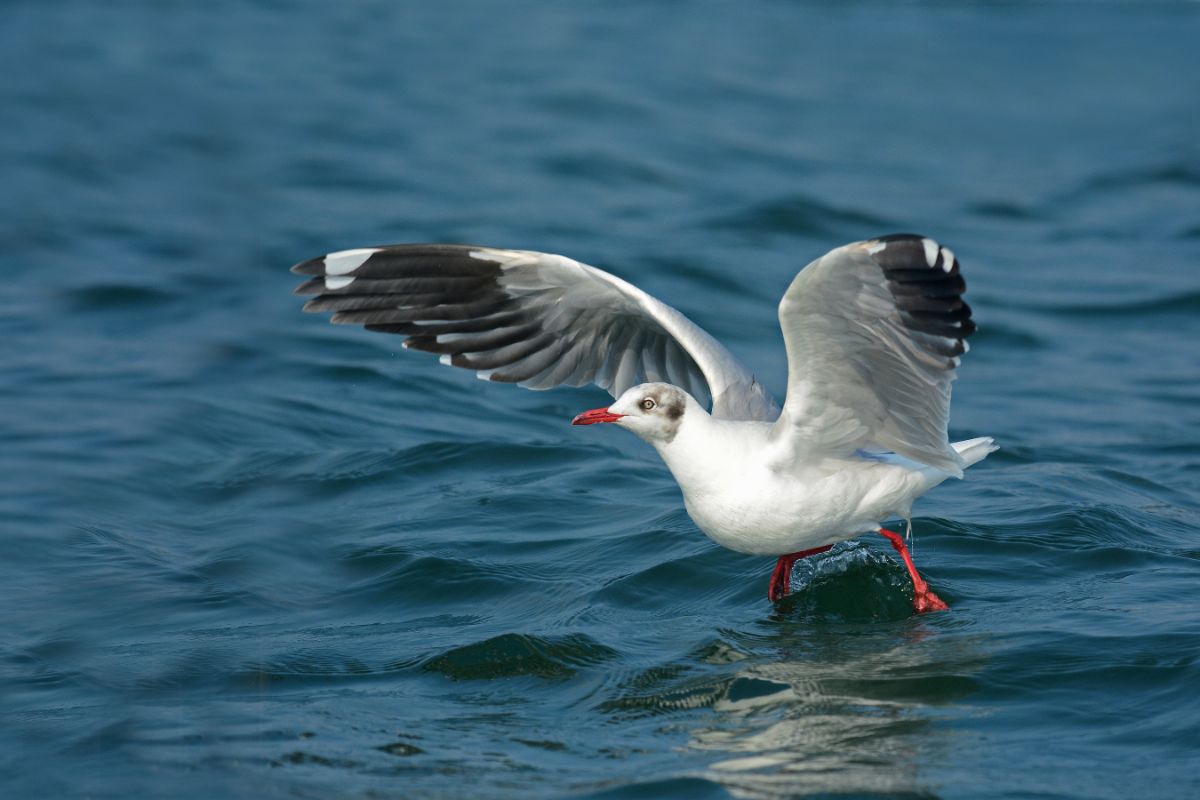Pamir Alpine Desert and Tundra
The ecoregion’s land area is provided in units of 1,000 hectares. The conservation target is the Global Safety Net (GSN1) area for the given ecoregion. The protection level indicates the percentage of the GSN goal that is currently protected on a scale of 0-10. N/A means data is not available at this time.
Bioregion: Himalayan-Pamir Alpine Shrub & Meadows (PA41)
Realm: Eastern Eurasia
Ecoregion Size (1000 ha):
11,822
Ecoregion ID:
762
Conservation Target:
53%
Protection Level:
3
States: Tajikistan, China, Kyrgyzstan, Afghanistan, Uzbekistan
In map view, the highlands of the Pamir look like a knot binding the mountain systems of Central Asia: the Hindu Kush, Karakoram, Kunlun, and Tianshan. In fact, the alpine deserts and tundra of the Pamir bring together a richness of species that includes several wild sheep and goat species and the carnivores that prey on them.
This ecoregion includes broad valleys and steeply rolling hills with an ecological and physiographic similarity to the Tibetan Plateau, that are instead situated at a mean elevation of about 4,200 m, substantially lower (and warmer) than the high basins of northwestern Tibet. The snowy massifs of Kongur and Muztagh Ata in China, and the Zaalai Mountains of Tajikistan, all of which exceed 7,400 m elevation, hold some of the largest glaciers outside the polar region and supply melt water to surrounding valleys.

The flagship species of the Pamir Alpine Desert and Tundra ecoregion is the Marco polo sheep. Image credit: Creative Commons
Several cold-desert plant associations have been identified for the Pamir region, including low, branching shrubs, cushion plants, dense turf-forming grasses, and Kobresia sedge barrens. The Pamir is a juncture for several biogeographic regions: Mediterranean-influenced Middle Asia, monsoon South Asia, and the dry, continental expanses of Central Asia. As such, the flora of the Pamir resembles that of the Tibetan Plateau, but with a Mediterranean component.
Alpine sedge-meadows, floristically similar to the Tibetan Plateau and Tianshan, thrive at 4,000 m elevation. A few hundred meters higher, near the upper limit of vegetation, long-lived, slow-growing forbs extend compact rosettes of minuscule leaves during summer, but hold most of their biomass in stout, woody taproots. Such specialists include Rhodiola, Saussurea, Tanacetum, and Saxifraga.

Bar-headed goose. Image credit: Creative Commons
Mean summer temperatures on the Pamir high plateau are less than 10°C, and annual precipitation is less than 150 mm per year. These extremes of aridity and cold are exacerbated by persistent strong winds, creating habitats well suited to small grasses and slow-growing cushion plants that present as little surface area to the environment as possible.
Large carnivores of the Pamir Alpine Desert and Tundra include brown bear, snow leopard, and gray wolf. Each of these species is recorded from Taxkorgan Nature Reserve, China (14,000 km2) and the Murghab region of eastern Tajikistan, the latter of which is thought to support a population of 180-300 snow leopards. During snow leopard surveys in 2011–2013, several packs of Tianshan dhole, a wild dog, were also sighted in Taxkorgan Nature Reserve.

Brown-headed gull. Image credit: Creative Commons
Rangelands of the Pamir alpine are excellent habitat for wild sheep and goat. Four species roam its trans-boundary highlands, including the polii subspecies of argali, in reference to which, in the 13th century, Marco Polo wrote: ‘There are great quantities of wild sheep of huge size… [t]heir horns grow to as much as six palms in length.’ Surveys in Taxkorgan in 1987 recorded a single viable population of 150 argali. In 2008, following hunting restrictions (and more comprehensive surveying), the argali census estimated more than 2,000 individuals in the Chinese Pamir, and perhaps 10,000 or more in Tajik National Park (26,117 km2), Tajikistan; the latter national park is inscribed as a UNESCO World Heritage Site in 2013 and protects much of the western Pamir region.
Other wild ungulates of this ecoregion are Asiatic ibex, markhor, and blue sheep. Markhor have increased in number in recent years. Tibetan wild ass, historically present, appears to have been extirpated from the Taxkorgan Nature Reserve.
The priority conservation actions for the next decade are to: 1) develop community-based conservation programs to protect the snow leopard and its prey base; 2) encourage trans-boundary conservation initiatives like the proposed Pamir Peace Park; and 3) implement systems of long-term monitoring, especially in Tajik National Park.
Citations
Carpenter, C. 2000. Pamir alpine desert and tundra. https://www.worldwildlife.org/ecoregions/pa1014. Accessed November 2018.
Schaller, G.B, Li, H., Lu, H., Ren J.R., Qiu M.J., Wang H.B. 1987. Status of Large Mammals in the Taxkorgan Reerve, Xinjiang, China. Biological Conservation 42: 53-71.
UNESCO. 2013. Tajik National Park (Mountains of the Pamirs). https://whc.unesco.org/en/list/1252/. Accessed November 2018.



